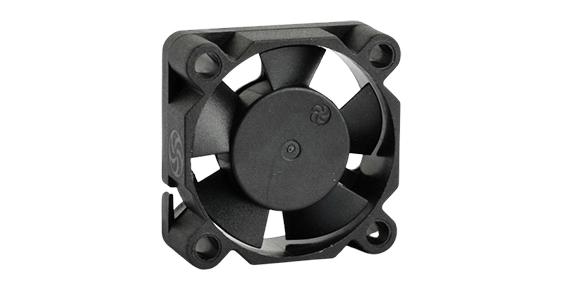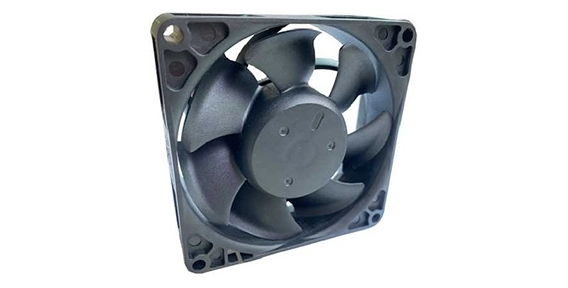DC generators serve as crucial components in various applications, converting mechanical energy into electrical power. Within these generators, the integration of DC cooling fans plays a pivotal role in maintaining optimal operating temperatures and ensuring the efficiency and reliability of the system. This exploration delves into the functions of DC cooling fans in DC generators, emphasizing their axial cooling fan design and the critical role they play in temperature management.
The Significance of DC Cooling Fans in DC Generators
DC generators, whether used in industrial settings, power plants, or other applications, are subjected to the generation of heat during operation. This heat, if not dissipated effectively, can lead to overheating, reduced efficiency, and potential damage to the generator components. DC cooling fans emerge as indispensable components designed to address these thermal challenges and maintain the generator within safe temperature limits.

DC Cooling Fan: Facilitating Heat Dissipation
At the heart of the DC generator, the DC cooling fan operates as a heat dissipation mechanism. The axial cooling fan design, with its blades rotating around an axis, facilitates the movement of air over the generator components. As the generator operates, the conversion of mechanical energy to electrical energy results in the production of heat. The DC cooling fan ensures that this heat is efficiently drawn away from critical components such as the armature and field winding.

DC Cooling Fan Design: Optimizing Airflow
The axial cooling fan design inherent in DC cooling fans is particularly well-suited for applications like DC generators. The blades of the fan rotate along the axis, producing a linear and directed airflow. This design is effective in creating a consistent and focused stream of air that can be directed over specific areas of the generator requiring cooling.
DC Cooling Fan: Cooling the Armature and Field Winding
Two critical components within a DC generator that benefit significantly from effective cooling are the armature and field winding. The armature, responsible for generating the electrical output, is often subjected to elevated temperatures during operation. DC cooling fans ensure that air is directed over the armature, dissipating the heat generated and preventing potential damage due to overheating.
Similarly, the field winding, which creates the magnetic field necessary for power generation, can experience increased temperatures. DC cooling fans contribute to maintaining optimal temperatures around the field winding, ensuring its efficiency and longevity.
In conclusion, the function of DC cooling fans in DC generators is paramount for maintaining optimal operating temperatures and preserving the efficiency and longevity of these essential power generation components. The axial cooling fan design, with its ability to generate directed and focused airflow, proves to be a strategic choice for effectively dissipating heat from critical areas within the generator. As technology continues to advance, innovations in DC cooling fan technology contribute to even more efficient thermal management, ensuring the reliability of DC generators across various industrial applications.

 EN
EN 
 +
+
 +
+
 +
+



